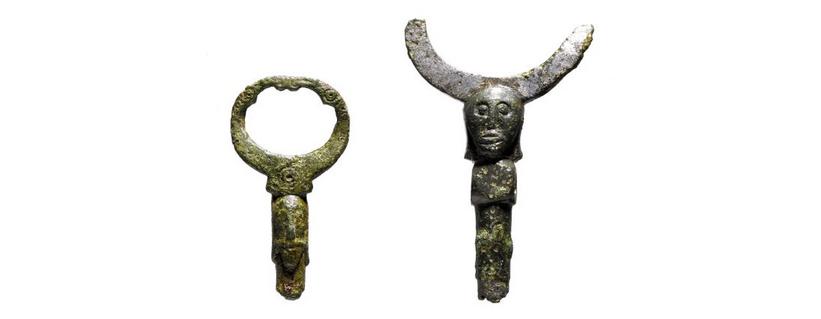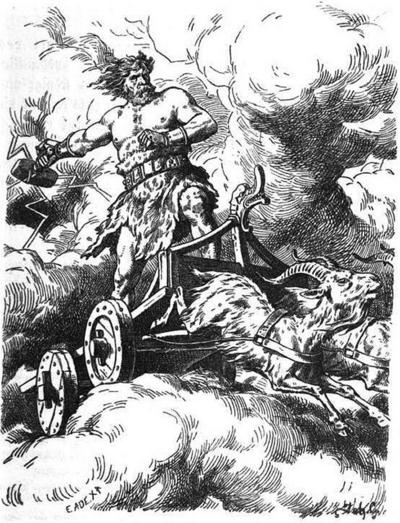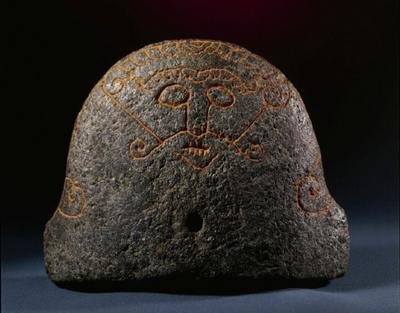The gods of the old Nordic religion

The Vikings worshipped many gods. Each of these gods had various characteristics, weaknesses and attributes. The gods possessed many human traits and could behave like humans. This is evident from the sagas and some rune stones, upon which the gods are depicted with human forms.
However, even if the gods appeared as human, it was crucial that the Vikings never forgot their great importance. They needed to do all they could to avoid the wrath of the gods and therefore regularly held sacrificial ceremonies in their honour.
Here you can read about the most popular and important gods:
Odin
The supreme god is Odin. He has just one eye as he gave the other to Mímir in order to be allowed to drink from the source of wisdom – “Mímir’s well”. Odin is the god of war and of the dead. He rules over Valhalla – “the hall of the slain”. All Vikings who died in battle belonged to him. They were collected by his female handmaidens, the valkyries. Odin was first and foremost worshipped by kings, warrior chieftains and their men. It was the requirements of these people that he could satisfy.
Thor
Thor was the most popular of all the gods. He was a god of war and fertility. He created thunder and lightning as he rode over the clouds in a chariot drawn by goats, swinging his hammer Mjöllnir. Thor was physically strong and with his weapon Mjöllnir could do battle with the evil giants who lived in Jötunheimar.
Thor was worshipped by most Vikings – he was the god of the people. He was comprehensible and could be trusted, in contrast to his father Odin, who could be completely unpredictable. Therefore Thor’s role was also to uphold law and order.

Loki
Loki is originally of giant stock, but lives in Ásgard and is respected by the gods as he is a blood brother with Odin. Loki is crafty and not to be trusted. On many occasions he cheats both the giants and gods, and plays them off against each other. Even though Loki is often up to no good, the gods still tolerate his presence. He is sly and lies – abilities that the gods can use to their advantage. This is shown when Loki persuades the equally cunning dwarves to smith various magical objects for the gods – notably Thor’s hammer Mjöllnir.

Frey and Freyja
Frey is connected with fertility and a good harvest. He makes the crops in the fields grow. One of Frey’s attributes is his magic boar Gullinborsti. The boar shines like gold, and Frey rides it faster than any horse over land and through water. Perhaps it was pigs that Viking farmers sacrificed to Frey?
Frey’s twin sister is Freyja. She is the most beautiful of the female gods and rules from her abode of Fólkvang in Ásgard. She is the goddess of love, fertility and the practice of seid.
Many places in Scandinavia are named after Frey and Freyja. Frøsmose, Frøsbjerg and Frølund are examples from Denmark. However, such names are more commonly found in Norway and Sweden, so perhaps the belief in the fertility gods was strongest in these areas.
